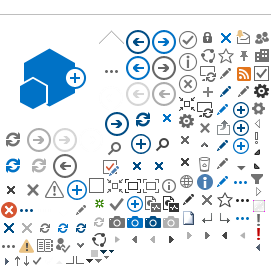SANCOR Newsletter Issue #170: June 2002
Working with seaweeds? – Make voucher specimens!
As someone studying seaweed diversity, I have had a remarkable number of contacts in the last year from scientists working in other disciplines, all over the country, who are using seaweeds in their research. Particularly, there are a number of groups working in chemistry and pharmacy departments investigating seaweeds as a source of useful natural products. One of their problems is to be sure what it is they are working with – to obtain correct names on their specimens. This is a real problem, as even some very common seaweeds cannot be easily identified to species from the available semi-popular literature, and sometimes even from the available scientific literature (Ulva and Gracilaria, currently being grown at a number of abalone farms being good examples – we are working on these problems). It is essential that material is stored of the species being investigated, so that identities can be verified.
Keep the specimens in tightly-closed bottles IN THE DARK. If kept completely in the dark, they retain their colour. Liquid specimens are particularly important for samples, which need to be sectioned for identification (again Ulva is a good example). Herbarium specimens
This is the best method for most species.
1. Take a piece of thick, white card. This can be obtained from your local herbarium (ask your Botany or Biology Department), or bought at a stationer.
2. Write in pencil on the card, the collection site (in as much detail as possible), what you think the species is (with ‘?’ if you aren’t sure), the collection date, and what the sample has been used for.
3. Lay out the seaweed carefully on the card –for finely branched species you can put the card under clean water and float the plant onto the card. Place the card on a few newspapers, and put a piece of gauze on top of the seaweed (‘nappy liners’ work well).
4. Place a few more newspapers on top, and then the next specimen.
5. If you don’t have a plant press, place a piece of thick board on top of the pile, and some weight (a few bricks) on top.
6. Every couple of days, change to dry newspaper. When the specimen is dry, carefully peel off the gauze.
7. Stick on a proper label, with your pencil details.
Best is to eventually deposit voucher material in a recognized store for this purpose. The best seaweed herbaria are the Bolus Herbarium (UCT), Rhodes University, and the University of Natal at Pietermaritzburg, although there are a number of smaller ones (contact the curators). You can also use these herbaria to compare your samples with those in the collection. The correct way to do things is to place voucher specimens of species you have investigated in one of these recognised herbaria, and to refer to this in the publications. Chemists seldom do this, which can make their results non-verifiable.
Although this is about seaweeds, this problem certainly applies to marine animals which are screened for these purposes. The literature is full of examples of species investigated with false identifications. Make voucher specimens, and have them checked by an expert.
John Bolton
Botany Department, UCT

